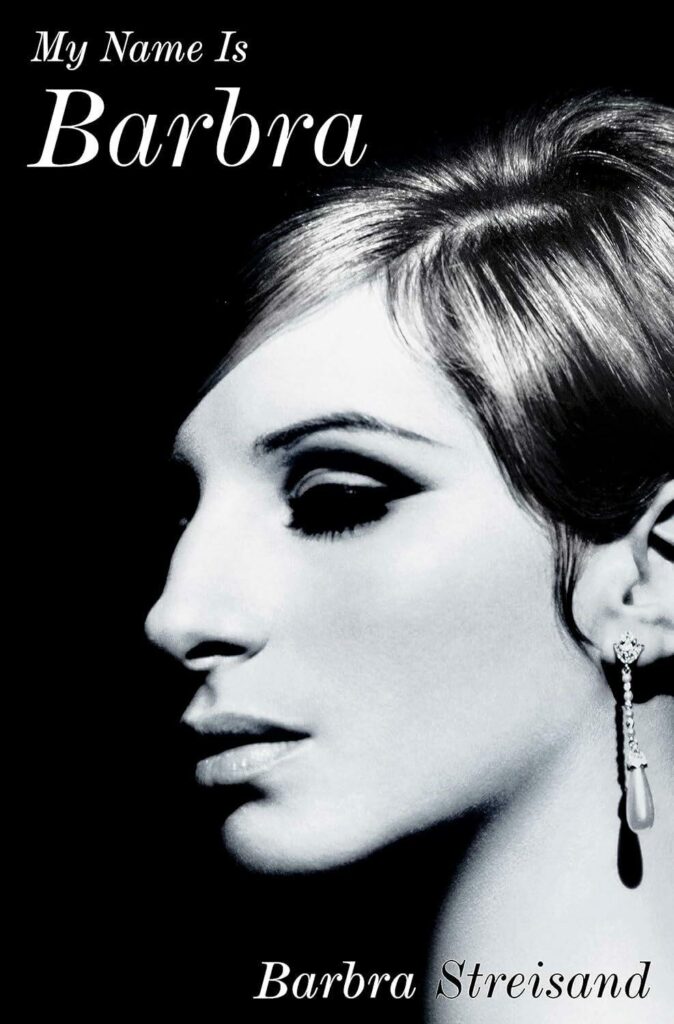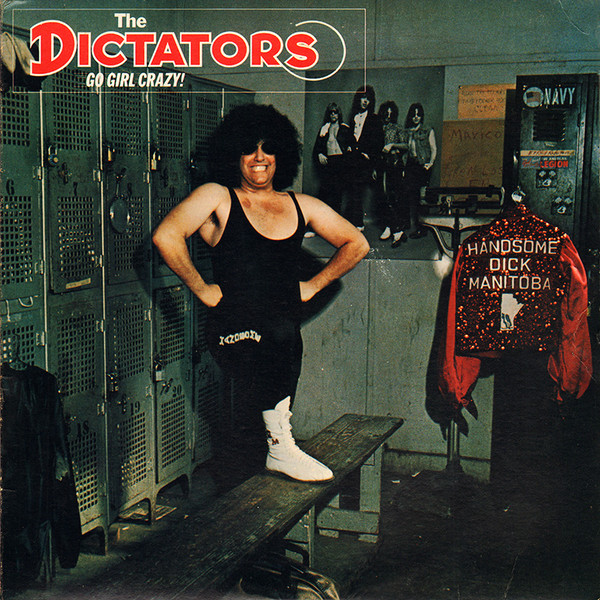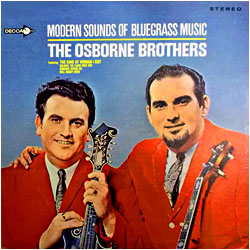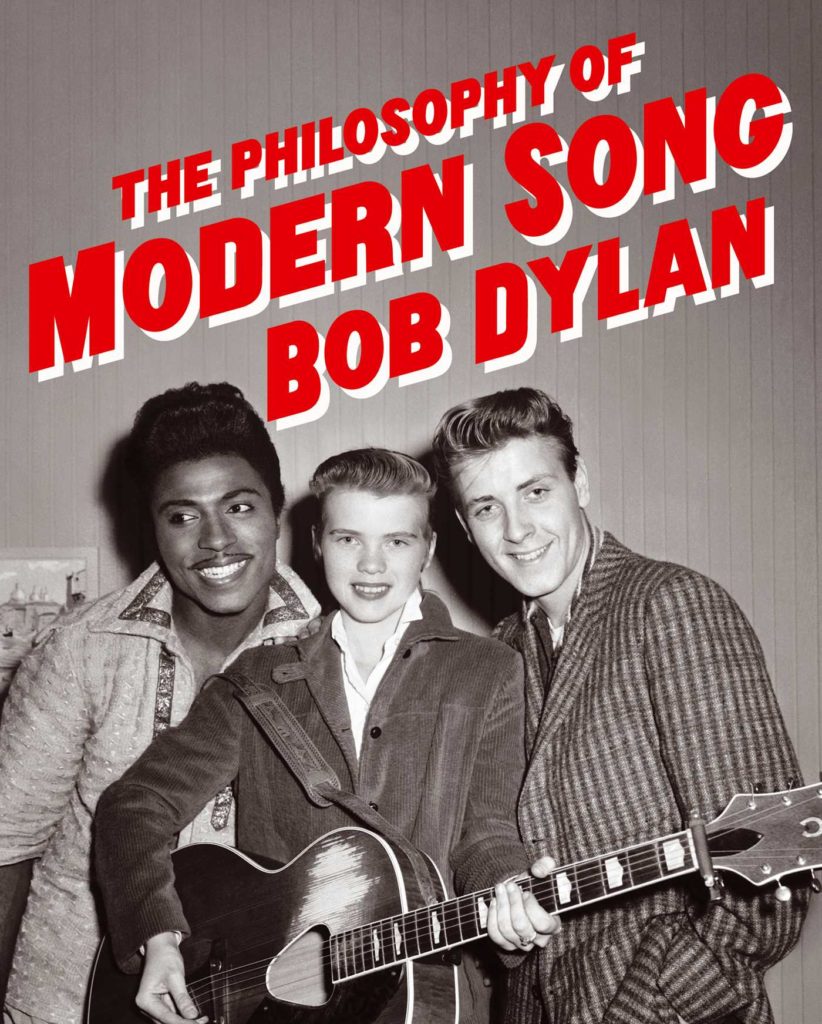Perhaps it’s time for an intervention. After a lifetime of feelings ranging from indifference to outright loathing, I’ve decided that I was all wrong about Barbra Streisand. I have, at this late stage of life, become a fan.
This troubles friends and family. Has a space alien sucked my brain from my head? What has happened to change my feelings about this singer and actor I professed to despise? And if I’ve changed about Barbra Streisand, can a switcheroo on Neil Diamond be far behind?
My friends are so worried, but before they call the white coats to take me away, let us ponder the sitch.
Why those earlier feelings, I now wonder.
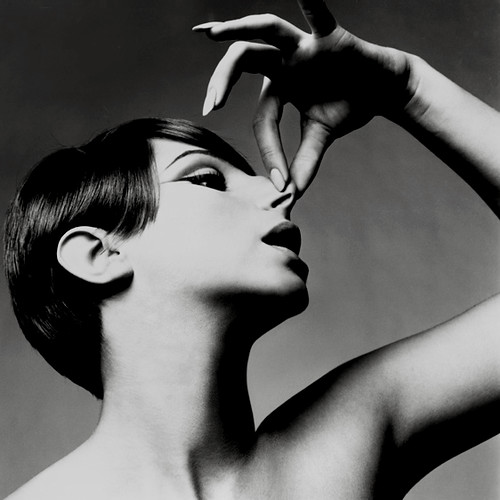
I always admired the Voice. Good Lord, she has a gift. That I always acknowledged.
And I had liked some of her films. The Way We Were set me sniffling in the darkness of the theater. And I thought she did a beautiful job directing and acting in Yentl and The Prince of Tides.
So again — why did I tell everyone I couldn’t stand her?
Maybe it was the song choices she made and the over-the-top show-biz posturing whenever I saw her perform.
Again I wonder: why those feelings?
I was raised on musical comedy. As a kid, my parents took me to the theater every two weeks during summers. We saw all of the summer-stock / road-company shows that the theater scene — such as it was in Fort Worth, Texas — could offer.
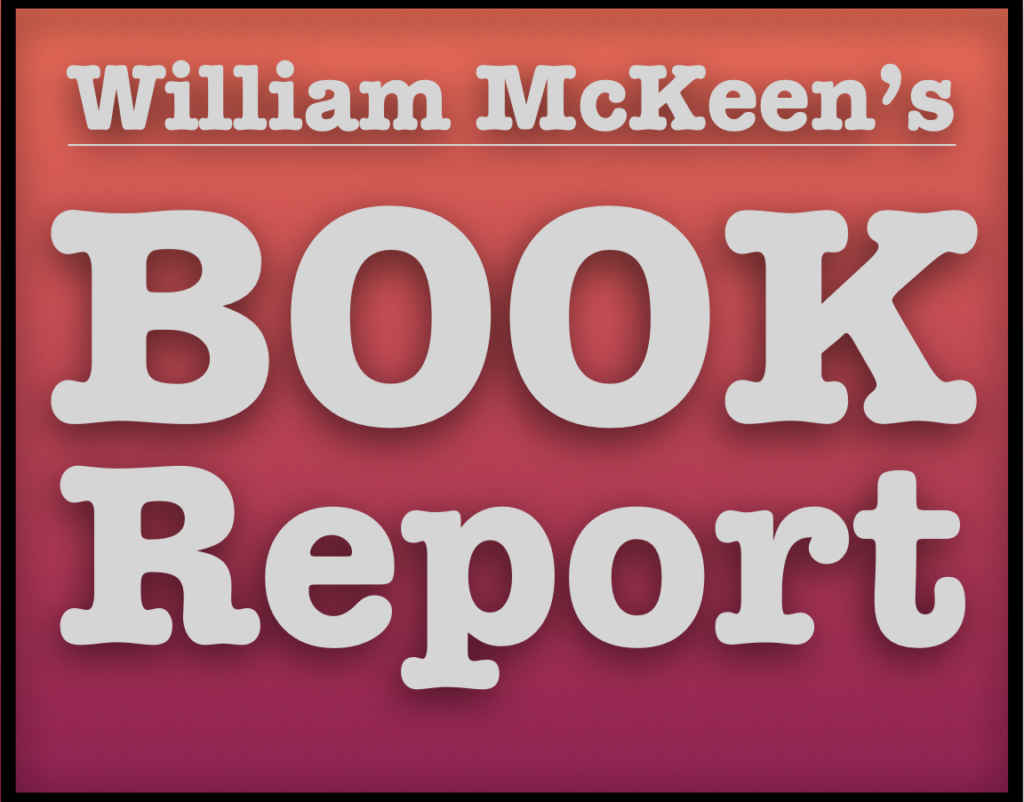
So I grew up well versed in the works of Rodgers and Hammerstein and Lerner and Lowe, as well as other Broadway gods. Though I no longer care for musical comedy, that aspect of my upbringing still reverberates through me.
Whenever I would sing around the house, Ex-Wife No. 2 would chime, “Showtunes!”
No matter what I would sing — even “Swing Low, Sweet Chariot” or “Masters of War” — it always came out sounding like a show tune.
But after Cream and Led Zeppelin and Black Sabbath hit my adolescent turntable, I put away those original-Broadway-cast albums and never looked back.
Streisand came to represent that unsubtle over-the-top stage belting to me.
There was another reason I grew to dislike her. It was that Monster Diva vibe I’d pick up now and then. I’ve always liked my artists humble, falsely or not.
Ex-Wife No. 1 and I had gone to see A Star is Born — which we quickly renamed A Star is Boring — when it hit theaters back in 1976.
I hated the movie as I hated most movies that portrayed the rock’n’roll business. I can’t think of a rock’n’roll movie that got it right until Almost Famous in 2000. Seeing Barbra and Kris Kristofferson as rock stars just didn’t do it for me. Despite the fact that the film was written by Joan Didion and John Gregory Dunne, I still thought the movie was a festering gob of whale vomit.
The clincher came during the credits. As we watched them roll, Ex-Wife No. 1 seized on the wardrobe credit: “Miss Streisand’s clothes … from her closet.”
My Ex scoffed loud enough to turn the heads of departing theater-goers. Thereafter, whenever we saw Barbra’s picture in the paper or saw her on TV, My Ex would snarl, “Miss Streisand’s clothes … from her closet.”
So why, considering these feelings, did my mind seize on the idea of reading Barbra Streisand’s autobiography.?
When it was published two years ago, I was filled with the sudden and unexplained desire to read it — but for some reason didn’t actually pick it up until two weeks ago.
Once in my presence I gorged on it — all 970 pages.
I was a glutton for the book, like Henry the Eighth gnawing on a greasy turkey leg.
Streisand’s a great storyteller who propels readers through the narrative … all 970 pages, as I say.
Thousand-page bios or memoirs are more appropriate terrain for books about Josef Stalin or other historic characters.
But Streisand never hits a dull patch in her storytelling. If Plato was right about the unexamined life not being worth living, then Streisand has certainly lived a worthwhile existence.
My Name is Barbra (Viking, $50) examines nearly everything about her life and has successfully turned me around. I am now a fan.
I’ve begun hitting eBay hard for old Streisand vinyl. I’ve rewatched Yentl and am searching my streaming services for the films I’ve missed along the way. (I have no plans to see A Star is Boring again, however.) I need to find The Mirror Has Two Faces. She directed that one too, and co-stars with Jeff Bridges, who has moved into the top position as my favorite actor. (Following the death of the great Gene Hackman.)
Here are some random thoughts about the book:
- What is it with her mother? No matter what she did, Streisand could not please her mother. To say Ma was stingy with praise is to understate a critical problem in her daughter’s life. I can’t recall her mother ever saying, “Barbra, you got a good voice.” Nothing! Mother might’ve been resentful of her daughter’s extreme talent.
- The book serves many functions. It’s not just an autobiography, it’s also a manual on Yiddish terms and phrases. I love learning something new.
- She’s modest. If it’s false modesty, so what? If I could sing like her, it’d be harder than hell to keep my ego in check. In my view, she does.
- She brings up the “Miss Streisand’s clothes … from her closet” credit. It was the truth, but critics slammed her for the ego-centric feel of it. It hurt her. So now I feel guilty.
- Fellow dudes: No matter how nice we are to our Beloveds, we will always pale next to James Brolin. Brolin, Streisand Husband No. 2, is one thoughtful and romantic motherfucker. I plan to keep this book handy to scan for romantic ideas.
- Once, Jim Brolin was in bed with Streisand and in no hurry to sleep. He told her sleep was a waste because he didn’t want to miss a thing. Streisand told her songwriter friend Diane Warren about that and she used Brolin’s line to write “I Don’t Want to Miss a Thing,” a hit for Aerosmith. Brolin deserved a writer’s credit.
- She loves dogs. She even cloned one.
- Speaking of Brolins, James’s son Josh Brolin, that wonderful actor (see No Country for Old Men) also writes poetry Who knew? Seems like an interesting guy.
- We learn a lot about her first marriage, to Elliott Gould (speaking of wonderful actors). It reminds me of Gould’s charisma. If you’ve never seen The Long Goodbye, go watch it right now. Then watch every other movie Elliott Gould has ever made.
- She and Gould sound like great parents. Jason Gould is a lucky dude.
- I love her rants about Donald Trump. She’s more eloquent in her disdain than most MSNBC pundits.
- If she believes in a cause, she generously supports it.
- Despite her talent and her perceived power, studios sometimes still say no to Streisand projects. She doesn’t always get what she wants, which is a shame because when she does get what she wants — see Yentl, The Prince of Tides, etc. — what she wants is spectacular. Do we need further proof that Hollywood is a sexist town?
- She loves to eat and loves to talk about food. Reading this book made me hungry.
- She is a national treasure.
Okay, so maybe that last one is a little corny. Bob Dylan means so much to me and I think of him the same way. We’re lucky to be around when great artists stalk the earth.
And speaking of lucky: I feel blessed that I have lived long enough for these two artists in their mid-eighties to finally record a duet. (To hear Streisand and Dylan sing “The Very Thought of You,” click here.)
I have no problem admitting my errors. I’ve done a 180 on Barbra Streisand and I’m so happy I didn’t take my indifference to the grave. So what if it ain’t rock’n’roll? I have room in my heart for all kinds of music, as long as it’s good.
As my Late Sainted Mother always said, “If we all liked the same thing, it’d be a pretty dull world.”
I can like the Ramones and Perry Como. And I can like Barbara Streisand and Daddy Longlegs.
In fact, Streisand takes us so deep into her world and her artistic choices and her hopes and dreams that I can no longer call her Miss Streisand. Henceforth, she’s my pal.
Meet my buddy, Babs from Brooklyn.

